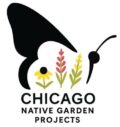Create a Sustainable Future Together
Chicago Native Garden Projects (CNGP) is a 501(c)(3) nonprofit organization dedicated to creating, restoring, and maintaining native plant habitats across Chicago.
Our mission is to create, restore, and maintain urban native plant habitats across Chicago — promoting pollinator health, fostering environmental stewardship, and engaging communities in conservation.
More specifically, CNGP exists to:
- Transform underused or neglected urban spaces into thriving native gardens that support biodiversity and ecological balance.
- Provide education and outreach that help residents and visitors understand the importance of native plants and pollinators.
- Build community partnerships that connect neighbors, volunteers, and local organizations through shared environmental goals.
- Model sustainable, low-maintenance landscaping practices and models that improve soil, air, and water quality in the city.
CNGP is officially recognized by the Internal Revenue Service as a 501(c)(3) tax-exempt charitable organization, and all donations are tax-deductible to the fullest extent allowed by law.
Urban Spaces Transform into Vibrant Ecosystems
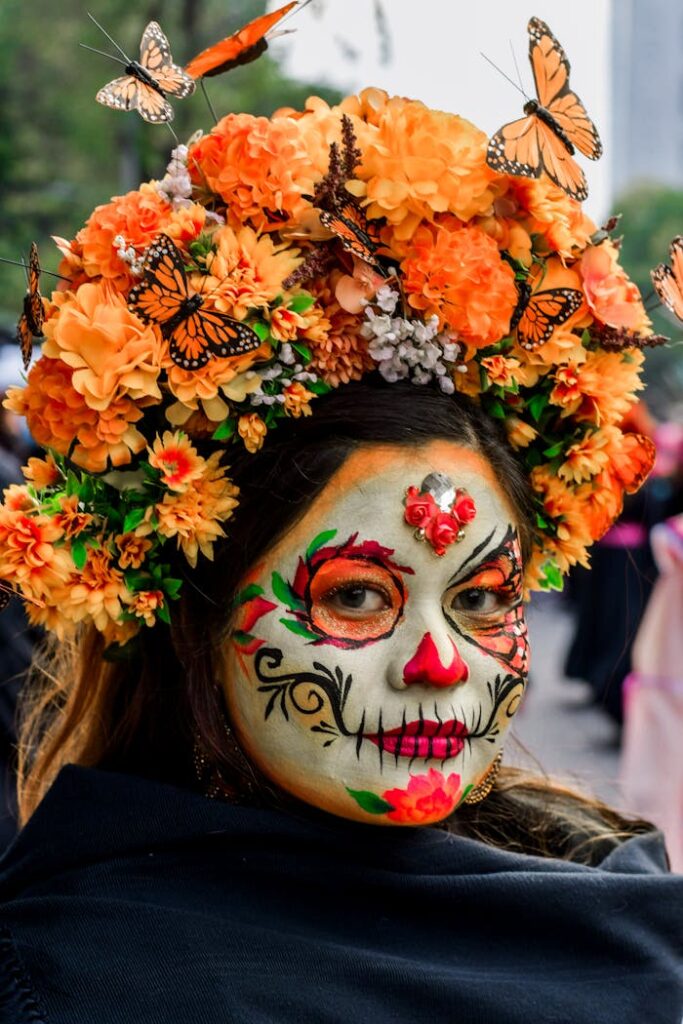
For over twenty years, we have lived just behind the railroad slope at Morgan Street and 16th in Chicago’s Pilsen and University Village neighborhoods. Even in its untended state, this strip of land quietly supported birds, butterflies, and other wildlife.
The First Project
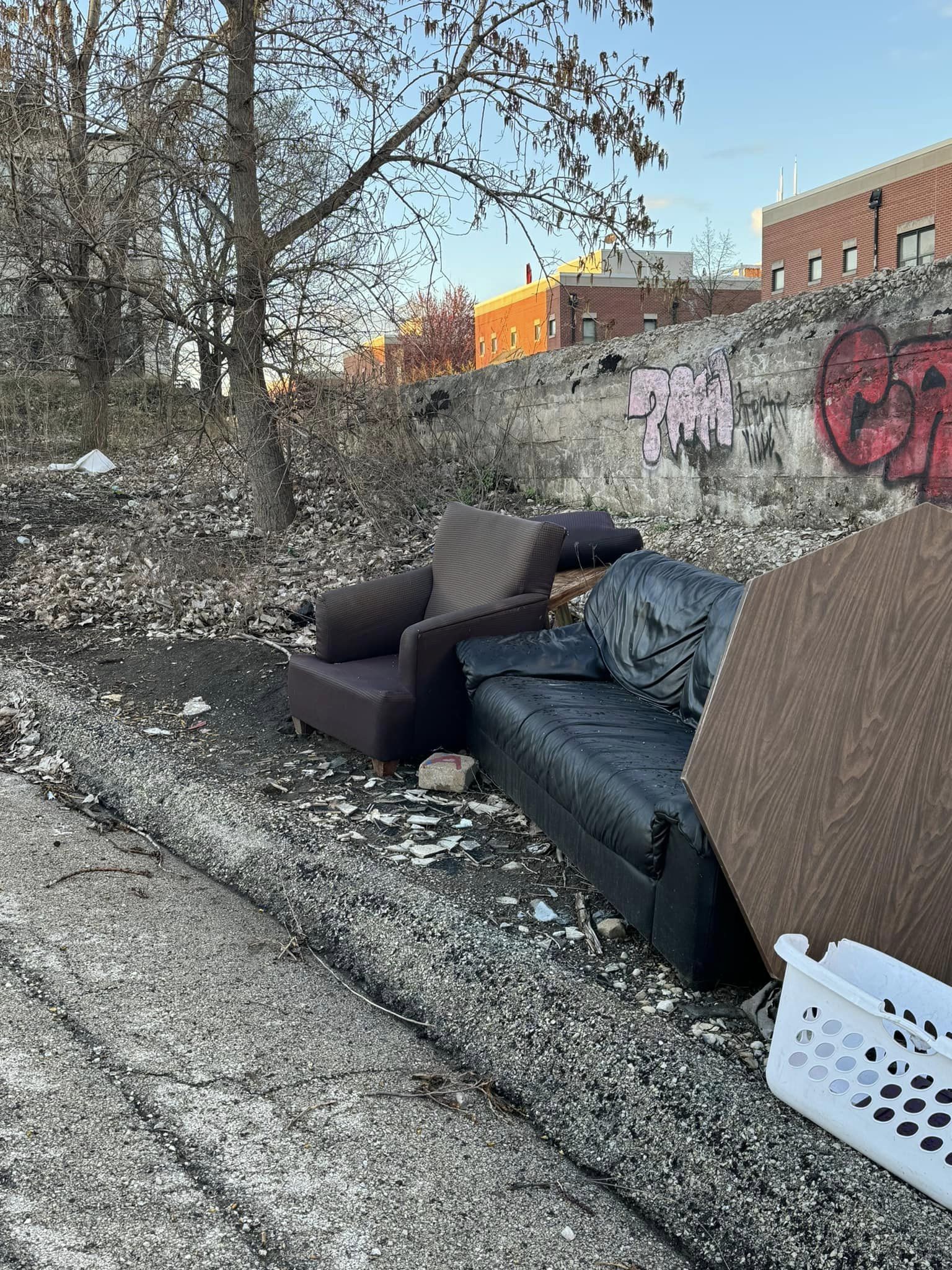
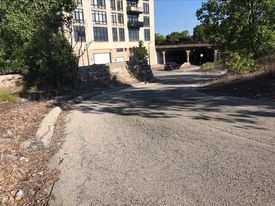

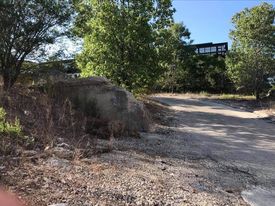
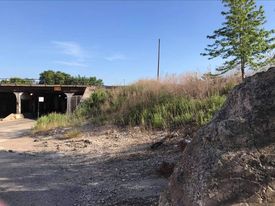
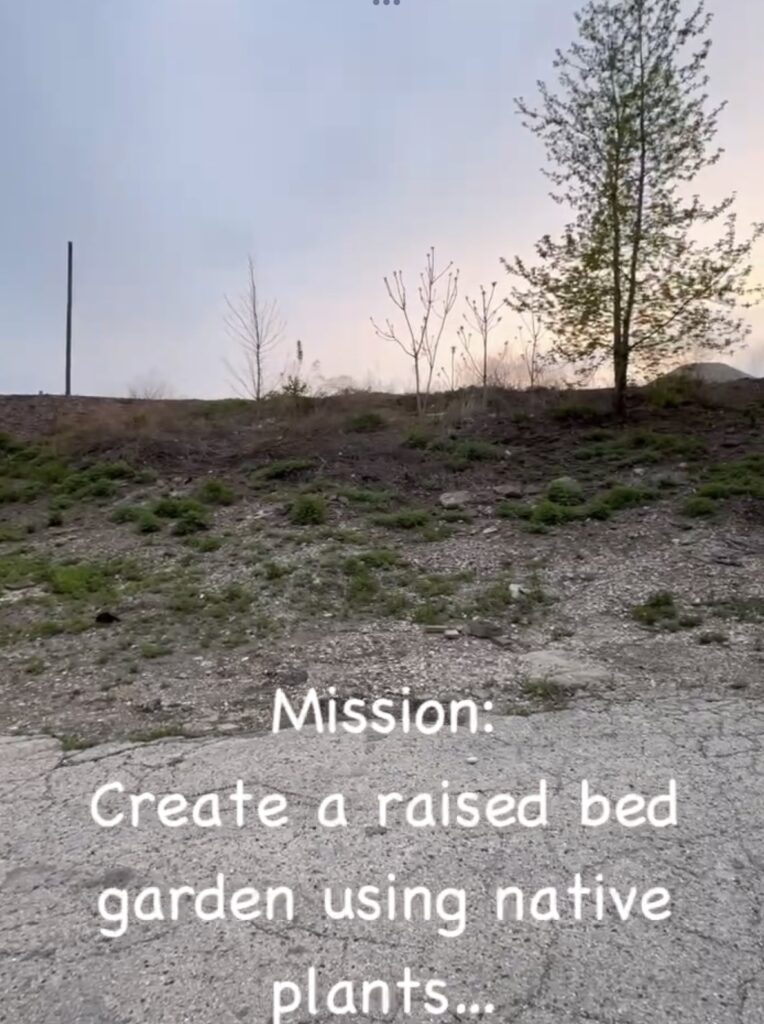
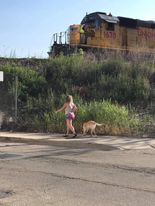
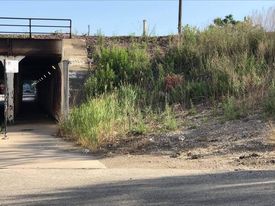
Meet Our Team
A passionate group dedicated to enhancing urban biodiversity and community engagement.
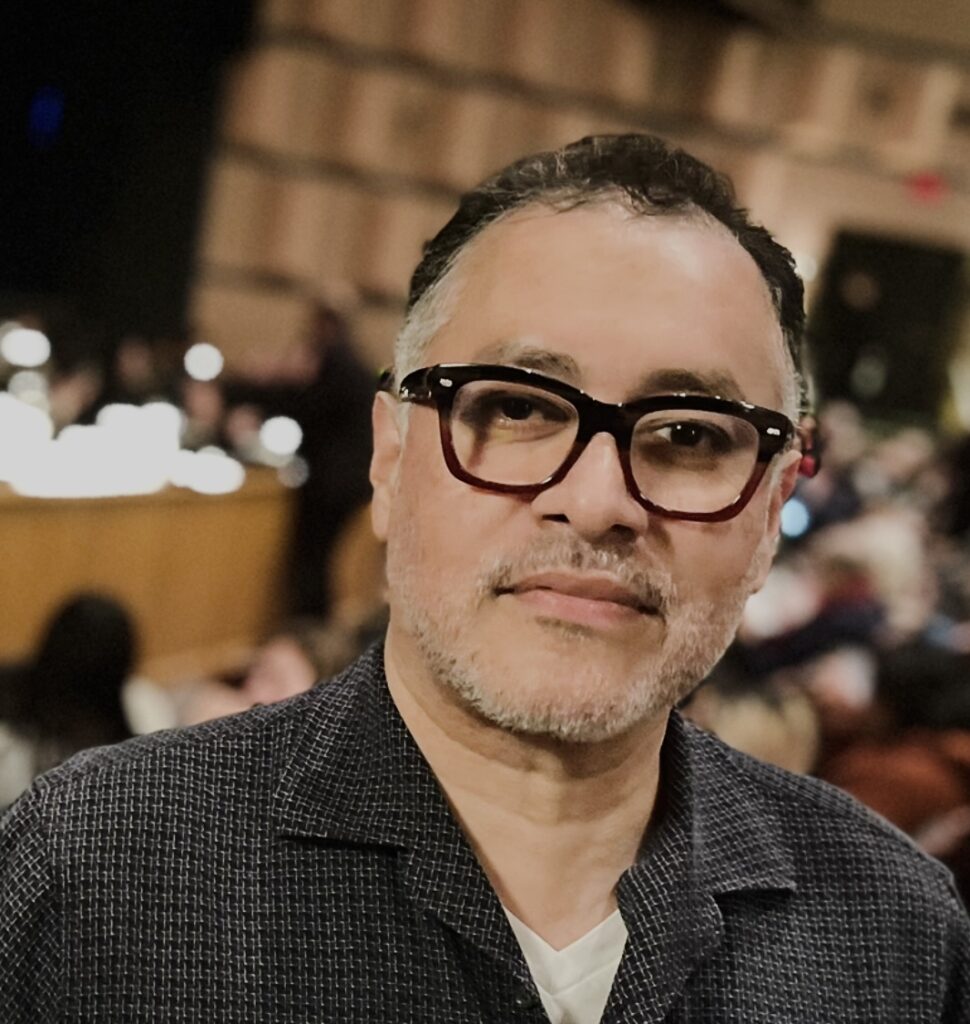
Israel Ceballos
Master Gardener / Executive Director
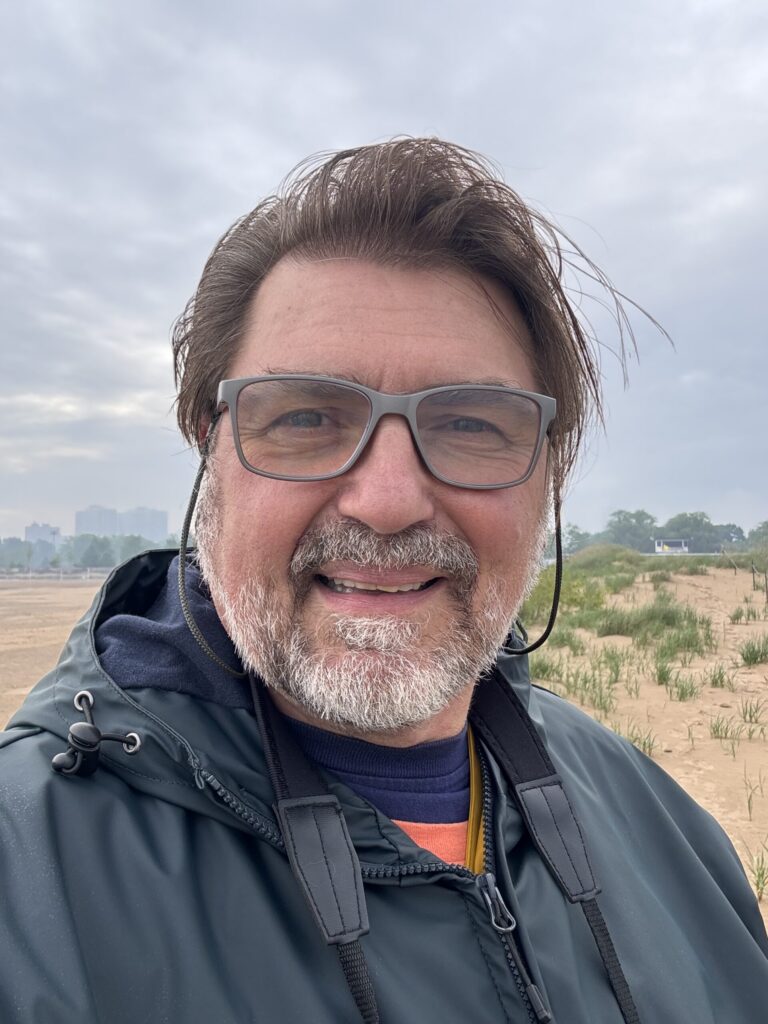
Paul Matylonek
Nature Lover / Managing Director
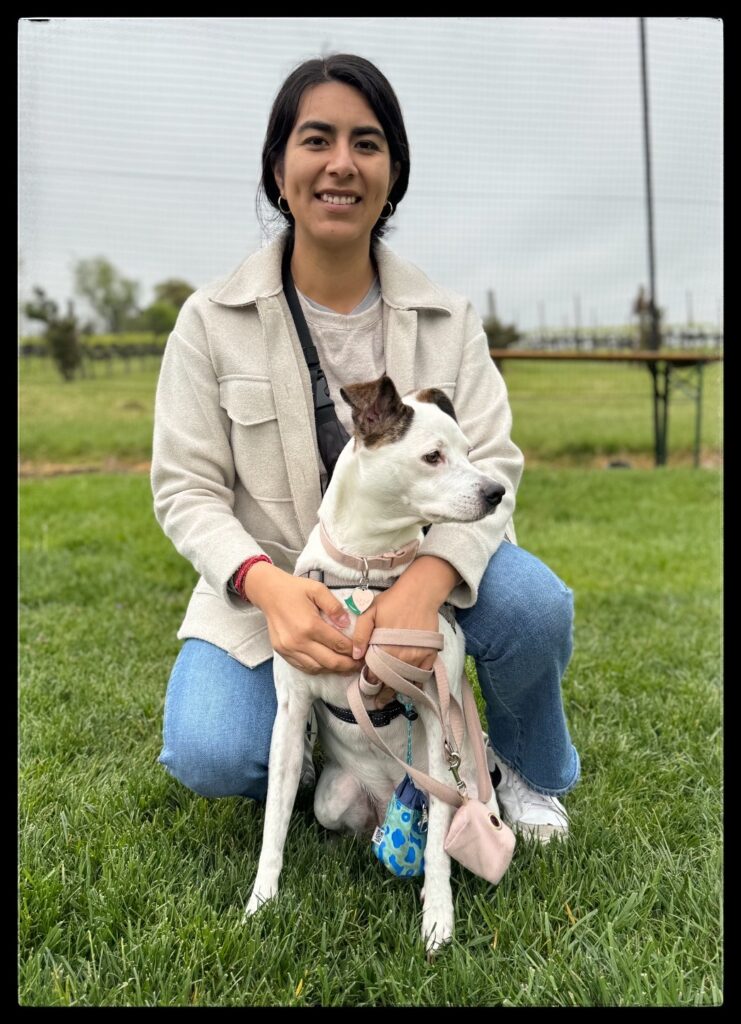
Danielle Orihuela
Animal Lover / Secretary

Daniel Trevino
Dad / Treasurer
